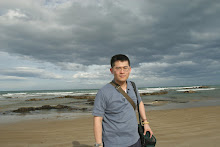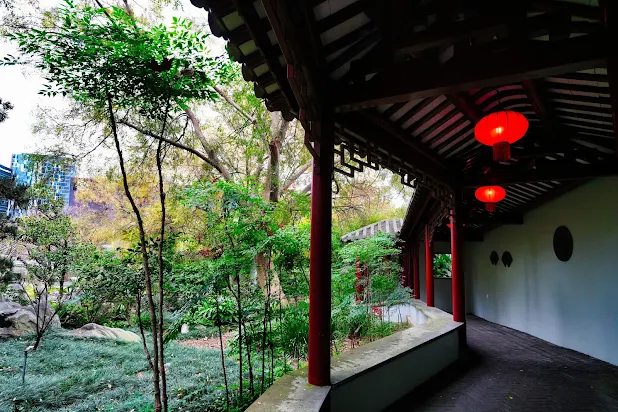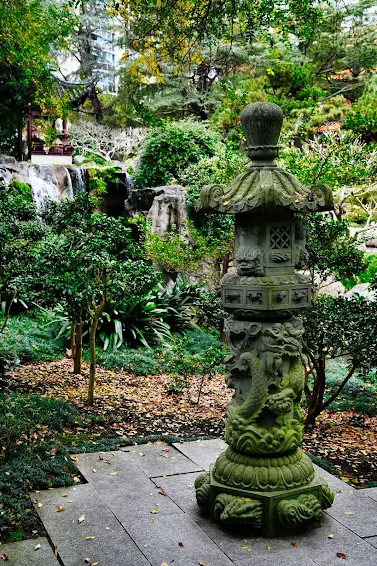Lake Tyrrell is truly a remarkable place to experience the vast beauty of Victoria’s inland Mallee — a land of shimmering heat, whispering saltbush, and an arid grandeur that stretches to the horizon. Once a great inland sea, this ancient salt lake — the largest in Victoria — lies some 314 kilometres northwest of Melbourne, near the township of Sea Lake. Its name, derived from the Wergaia word tyrille, meaning “sky,” aptly reflects the way the heavens seem to merge with its pale, crystalline surface.
Formed over 120,000 years ago, Lake Tyrrell’s basin collects ephemeral water after rare rains, only to surrender it again to the sun’s fierce evaporation. Over millennia, this rhythm has laid down thick crusts of salt, harvested since the 1890s for commercial use. Yet beyond its industrial past, Lake Tyrrell possesses a haunting poetry. When dry, its bed resembles an immense canvas — cracked, sculpted by wind and heat, patterned with soft pinks, ochres, and pearly greys. From above, the lake appears almost abstract, as though painted by nature’s hand: vast concentric sweeps of colour, delicate fissures like brushstrokes, and tonal gradations that shift with the light.
Standing on its edge at dusk, one feels both solitude and wonder — the landscape dissolves into sky, and the mirrored hues of sunset seem to blur the boundaries between earth and dream. Lake Tyrrell is not merely a geographical feature; it is a living artwork, a reflection of Australia’s deep interior spirit — timeless, austere, and profoundly beautiful.
Linking Treasure Tuesday















































